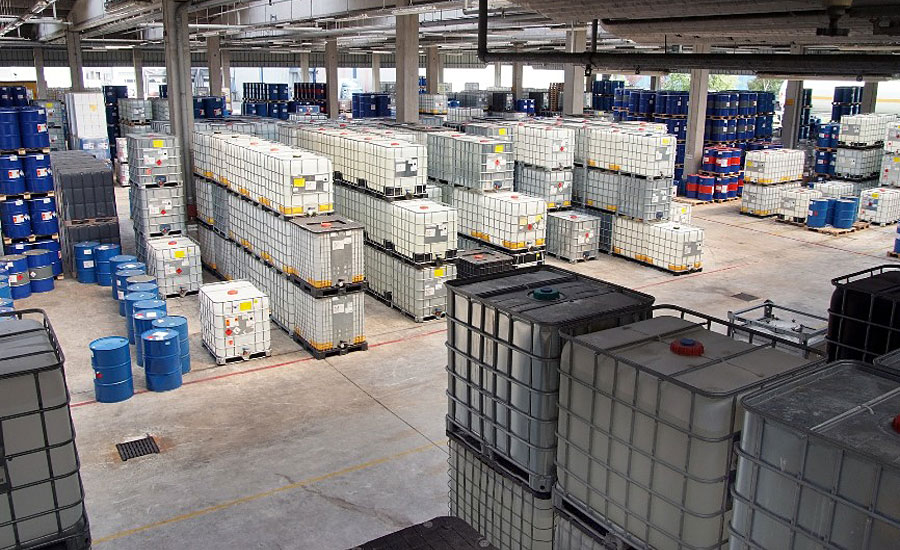Complex Hazmat Transport Regs Would Even Challenge Einstein

Is complying with the multitude of regulations for the transport of hazardous materials – also known as dangerous goods (DG) – truly a challenge? Well, even Albert Einstein would have had problems figuring out some of the rules, according to shipping executives recently surveyed by Labelmaster, a leading provider of solutions for hazardous material transport compliance.
More than half of the 136 executives polled – 56 percent – said the brainy Einstein would have difficulties figuring out the 49 CFR, one of the government’s primary reference books that cover regulations, requirements and standards for U.S. hazmat transportation via highway, rail, air and water.
The survey also revealed a majority – 59 percent – find it challenging to keep up with the ever-changing DG regulations.
“Between the Department of Transportation, the Federal Aviation Administration and the Department of Defense, there are literally thousands of regulations governing the shipment of dangerous goods,” said Robert Finn, vice president of marketing with Labelmaster. “And, these complex regulations constantly change. Just two examples are the proliferation of new rules for the shipment of lithium cells and batteries, and new regulations for the burgeoning crude oil rail carriage industry.
“Yet, following these regulations is essential to ensure the safety of the public, the environment and those who transport dangerous goods,” he added. “Improper packaging or labeling can lead to accidents and fatalities.”
Survey respondents certainly understand these issues. When asked to name the challenging aspect of meeting dangerous goods transport regulations, there were several responses. The number-one answer was “the regulations change all the time,” cited by 18 percent. The fact that “regulations are different when using different transportation modes” ranked second at 15 percent, followed by “the regulations are confusing – everyone has a different interpretation,” cited by 14 percent.
The survey also revealed that DG pros have a high level of job satisfaction and take pride in keeping the more than 1.4 million daily dangerous goods shipments in the United States, moving safely from origination to destination.
“Most DG professionals are looking for training and integrated solutions to simplify their role. Fortunately, for those responsible in this critical part of a company’s operations, there are many resources available to clarify the complexity,” said Finn. “Many firms rely on outside experts and consultants to help simplify and customize the regulations by offering software, training and customized products and other personalized items, all with one goal: safe, compliant shipments.”
Dangerous goods shipping software can provide up-to-date information on the latest regulations, a validation feature to ensure non-compliant shipments can't be executed, visual explanations for package markings and cover all modes of transportation.
“For the company armed with this knowledge, materials and support, the process need not be complicated, even for an Albert Einstein,” he added.
The Labelmaster research results are based on the responses of 136 dangerous goods transport professionals who completed an online survey in April 2015.
For more information on regulatory compliance and solutions visit www.labelmaster.com.
Looking for a reprint of this article?
From high-res PDFs to custom plaques, order your copy today!






